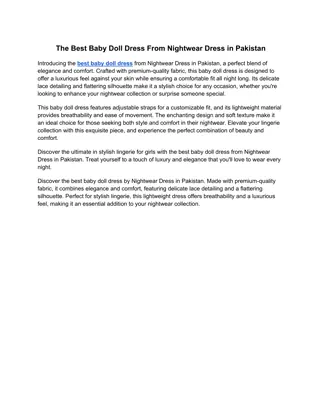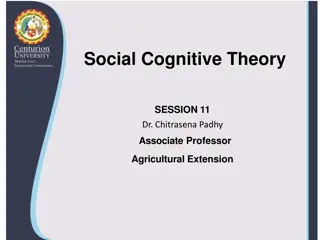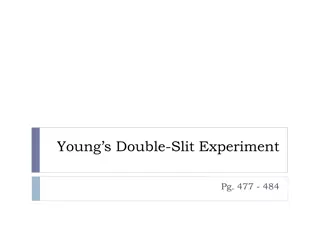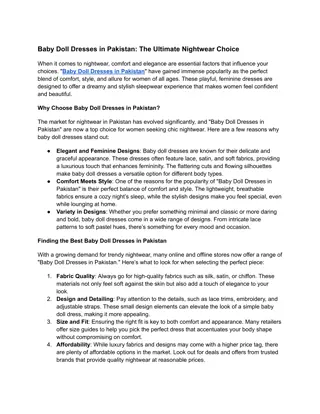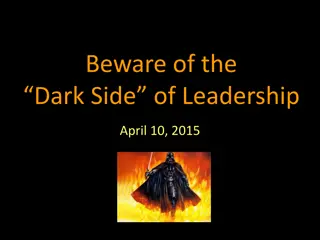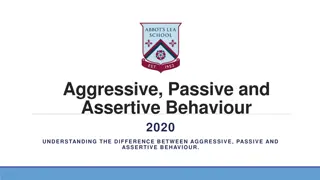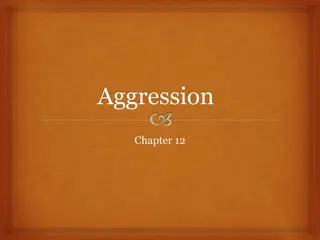Bobo Doll Experiment: Children's Imitation of Aggressive Behavior
The Bobo Doll Experiment conducted by Bandura, Ross & Ross in 1961 aimed to test if children could learn aggressive behavior through imitation. The study found that children in the aggressive condition were more likely to display aggressive actions towards the Bobo doll. The implications of the study on media violence and children's behavior were discussed. The experiment had strengths in its controlled design but also faced weaknesses in terms of ethics and validity due to the artificial setting and potential demand characteristics.
Download Presentation

Please find below an Image/Link to download the presentation.
The content on the website is provided AS IS for your information and personal use only. It may not be sold, licensed, or shared on other websites without obtaining consent from the author.If you encounter any issues during the download, it is possible that the publisher has removed the file from their server.
You are allowed to download the files provided on this website for personal or commercial use, subject to the condition that they are used lawfully. All files are the property of their respective owners.
The content on the website is provided AS IS for your information and personal use only. It may not be sold, licensed, or shared on other websites without obtaining consent from the author.
E N D
Presentation Transcript
Classic 1. Bandura, Ross & Ross (1961) ShortCutstv Psychological Studies presents
The Bobo Doll Experiment Aim Procedure Findings Conclusions Evaluation
Aim To test whether children can learn aggressive behaviour through imitation.
Procedure 72 Children (36 boys / 36 girls) divided into three groups: Aggressive Condition Adult model entered the room and played with the toys. The model behaved aggressively to the Bobo doll, kicking it and hitting it with a mallet Non-AggressiveCondition Control Condition Adult model played with the toys nicely and ignored the Bobo doll No adult model The children were taken into a room with attractive toys in it, but not allowed to play with them. This produced mild arousal (annoyance) Finally, the children were taken into a room with toys and a Bobo doll in it, allowed to play and their behaviour recorded
Findings Children in the aggressive condition were much more likely to play aggressively with the Bobo doll than both of the other two groups of children
Conclusions Aggression can be learnt through imitation, by observing aggressive models This has implications for media violence, particularly the propensity for children to copy the violence they see
Evaluation Strengths Weaknesses This is a classic study As a controlled experiment, it is reliable as it can be replicated Has many important real world implications How ethical was the study? Lacks validity as the situation was artificial and the children were aware they were part of a study. This could have led to demand characteristics The presence of the mallet may have led to the weapons effect Even young children know the difference between play / fantasy violence and the real thing
ShortCutstv shortcutstv.com shortcutstv.com





